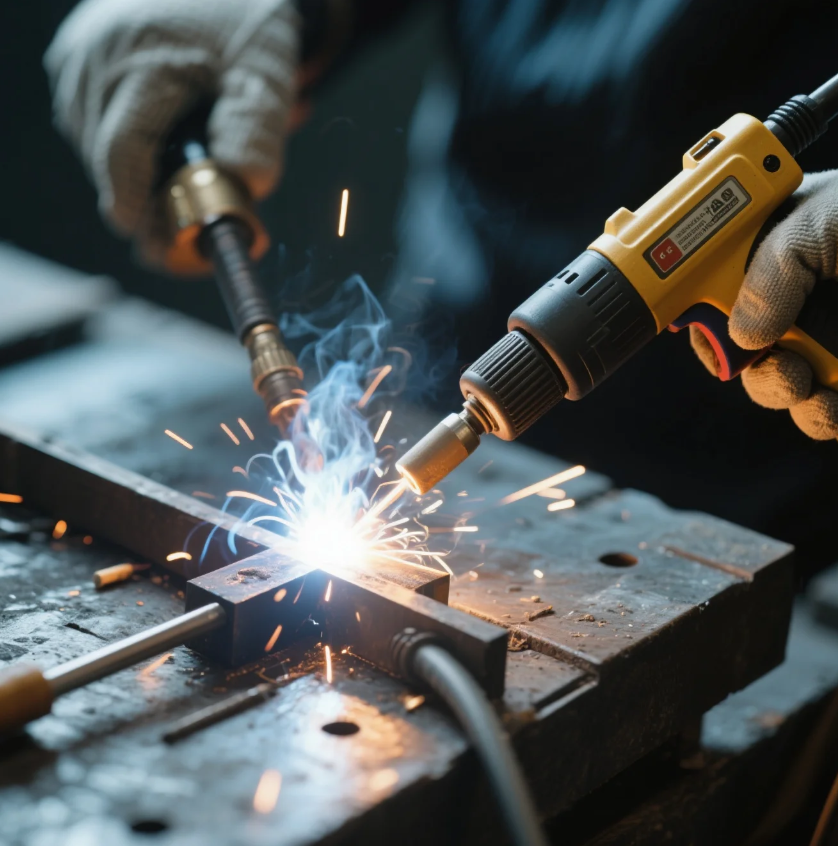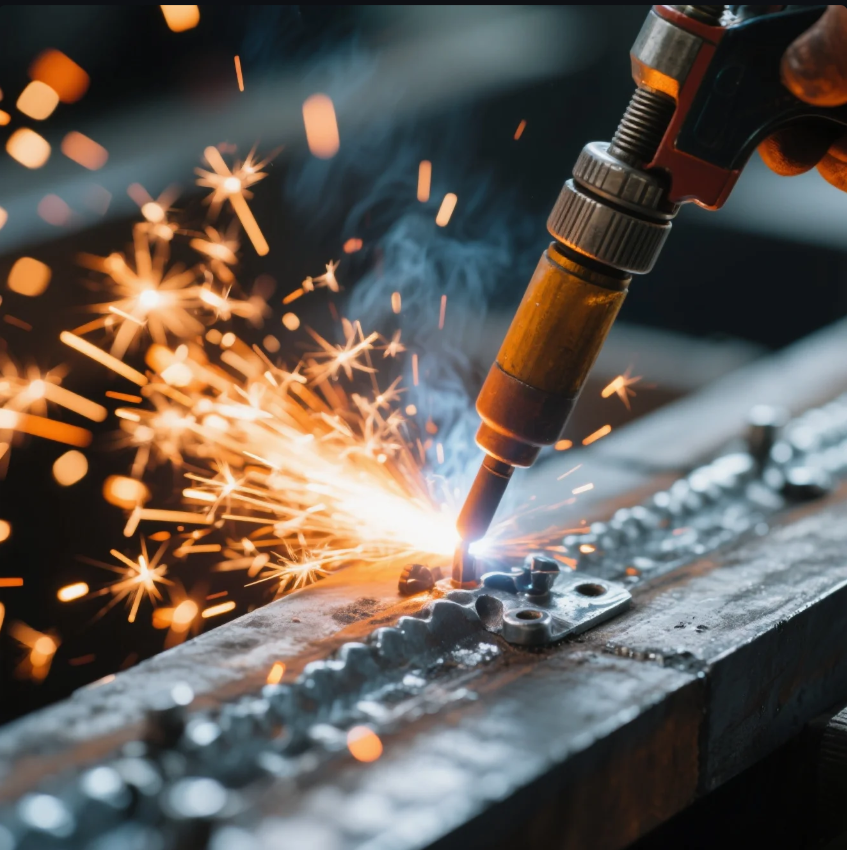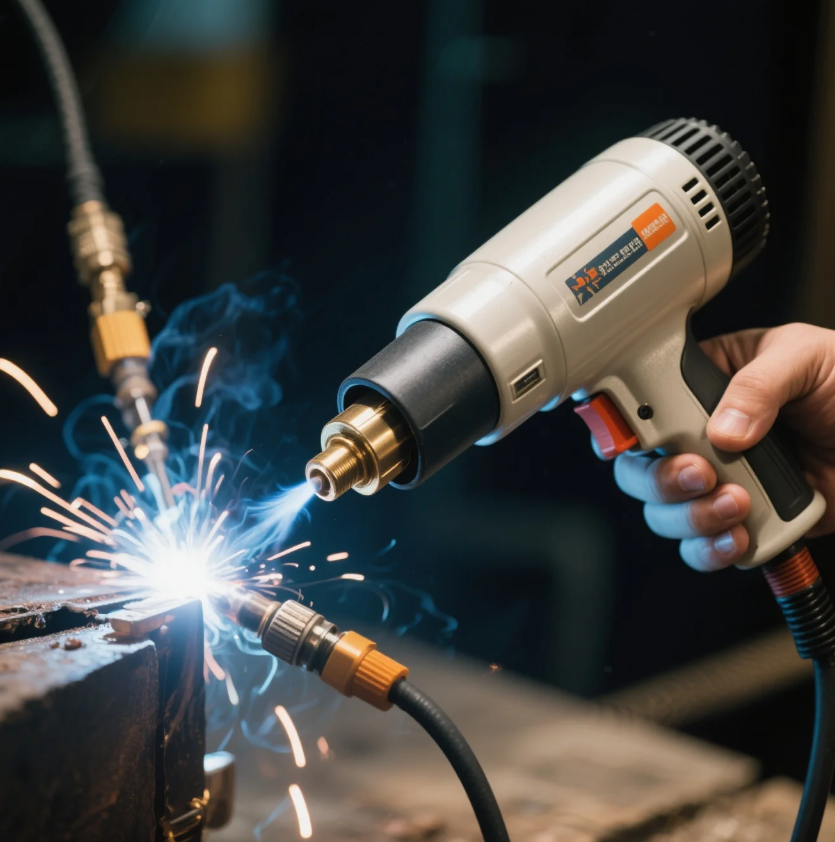What Are the Four Types of Metal Stamping?
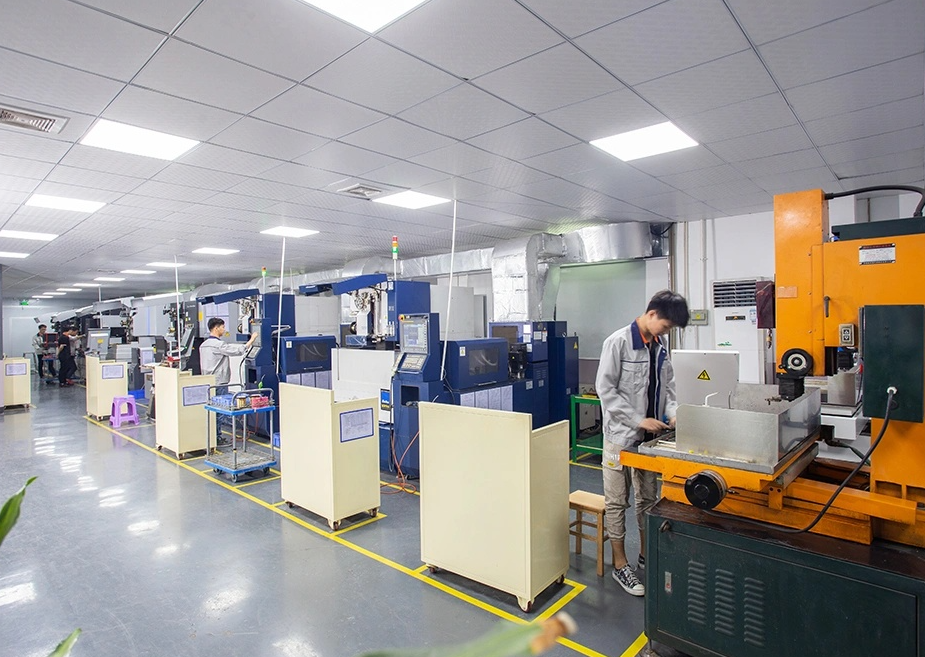
Ever wondered how different metal stamping techniques shape production? Let’s dive into the four key types of metal stamping and how they transform manufacturing processes.
The four main types of metal stamping are progressive, transfer, compound, and blanking. Each serves specific needs, making stamping a versatile and essential manufacturing method.
Continue reading to explore these techniques and their applications in various industries.
What is Progressive Stamping?
How does progressive stamping streamline production? It’s a multi-step process perfect for high-volume manufacturing.
Progressive stamping involves multiple operations performed in sequence within a single press stroke, ideal for producing complex parts with high efficiency and consistency.
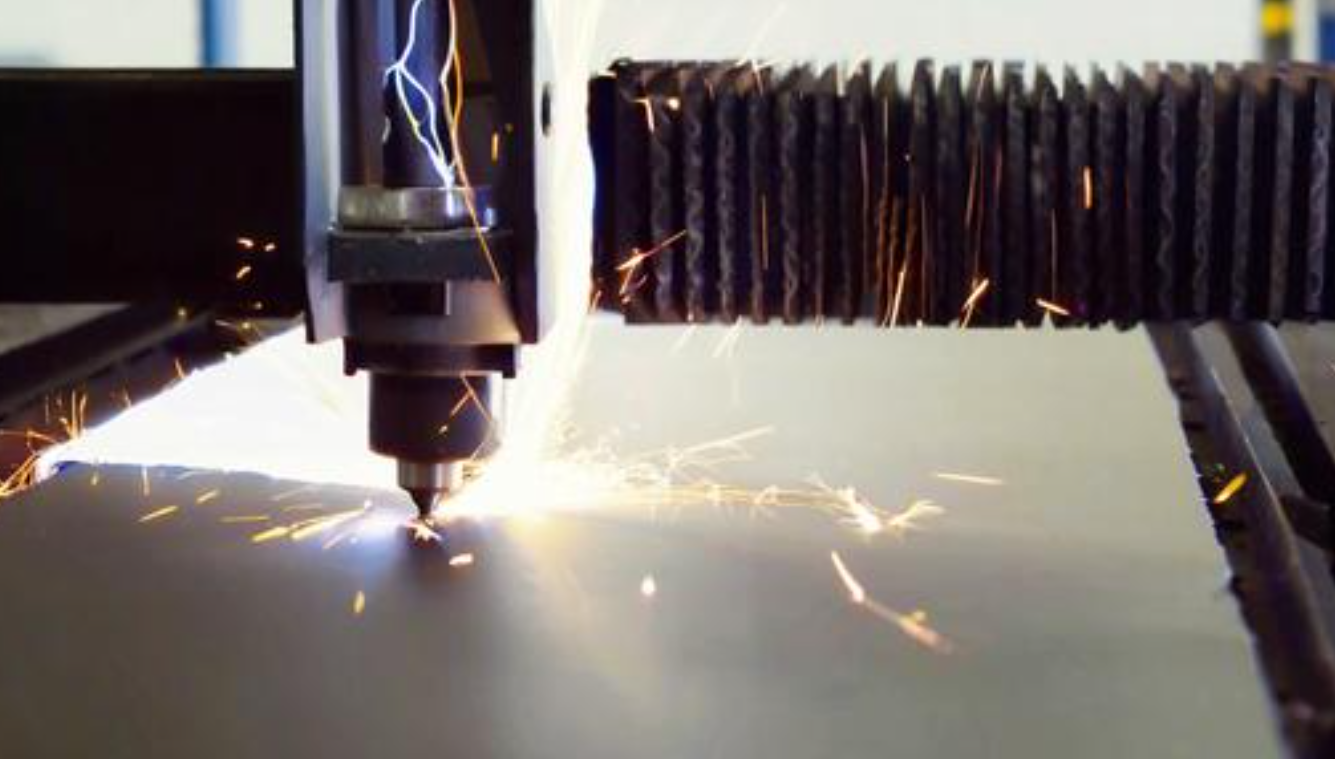
The Process of Progressive Stamping
Here’s how progressive stamping works:
- Feeding: Metal strips are fed through the stamping press.
- Sequential Operations: Each station performs a specific operation.
- Completion: The final part is produced at the last station.
Advantages of Progressive Stamping
| Advantage | Description |
|---|---|
| Efficiency | Multiple operations in one stroke |
| Consistency | High repeatability for complex parts |
| Cost-Effective | Lower labor and material costs |
Applications of Progressive Stamping
Progressive stamping is widely used in industries requiring detailed, high-volume production, such as automotive and electronics.
How Does Transfer Stamping Differ?
What makes transfer stamping unique? It’s perfect for larger, more complex parts.
Transfer stamping moves the metal component between multiple presses, allowing for the production of larger and more complex parts with precise detailing.
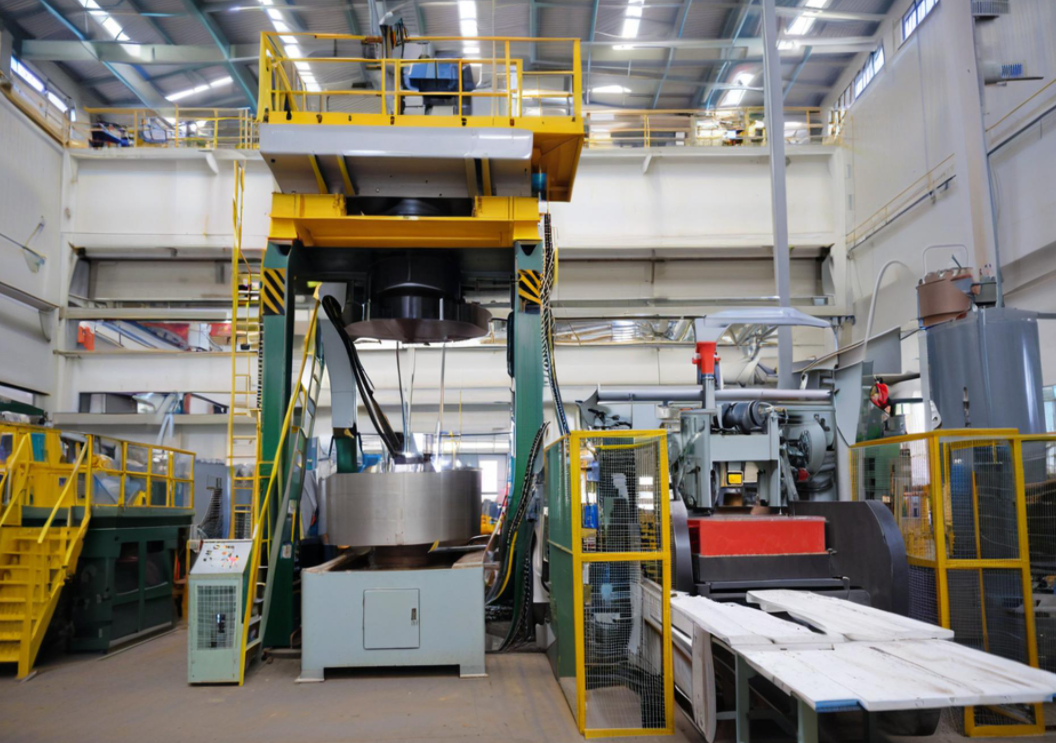
The Transfer Stamping Process
Here’s a breakdown of transfer stamping:
- Initial Stamping: Metal is stamped in the first press.
- Component Transfer: The part is moved to subsequent presses.
- Final Touches: Additional operations refine the part.
Benefits of Transfer Stamping
| Benefit | Description |
|---|---|
| Flexibility | Suitable for large, complex parts |
| Precision | High-detailed operations |
| Versatility | Handles various metal thicknesses |
Uses of Transfer Stamping
This method is especially useful in automotive and aerospace industries where parts are large and require intricate details.
What is Compound Stamping?
Why choose compound stamping for simpler components? It’s efficient and precise.
Compound stamping combines multiple operations into a single press stroke, perfect for creating simpler yet precise parts with high efficiency.
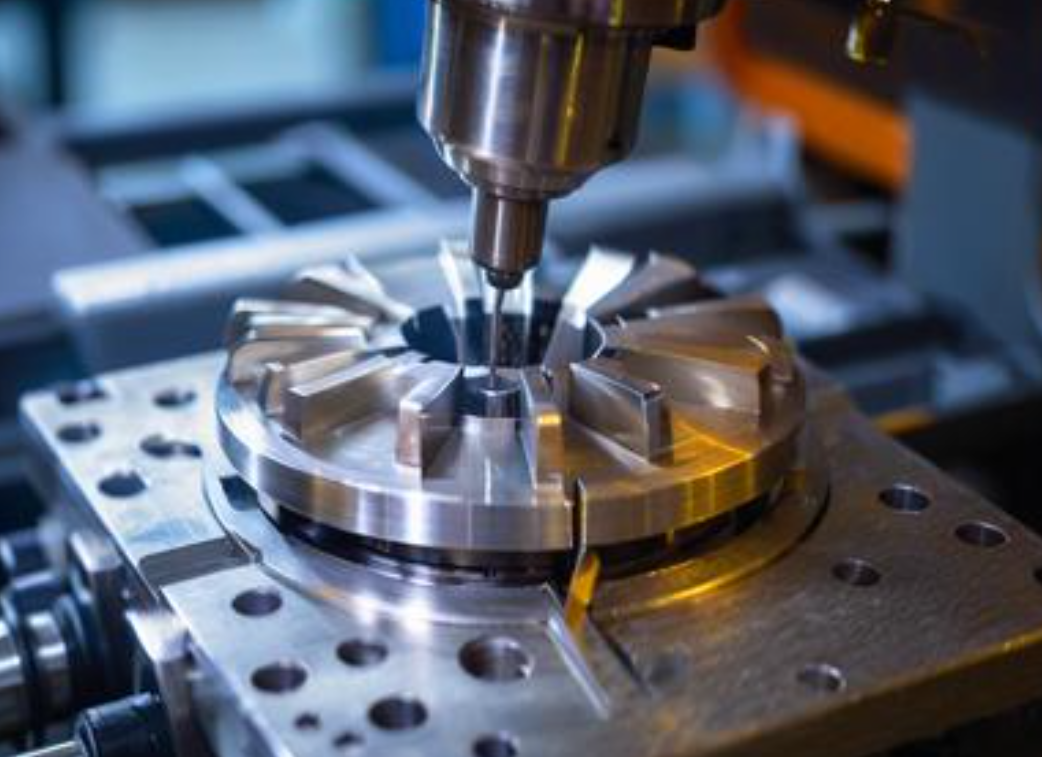
The Compound Stamping Process
The steps in compound stamping include:
- Single Press Stroke: Multiple operations occur simultaneously.
- Completion: The final part is produced in one step.
Key Features of Compound Stamping
| Feature | Description |
|---|---|
| Simplicity | Efficient for straightforward parts |
| Speed | Quick production due to single stroke |
| Accuracy | Precise and consistent results |
Applications of Compound Stamping
This technique is ideal for producing components like washers, spacers, and simple brackets commonly used in various industries.
Understanding Blanking Stamping
What makes blanking stamping so essential in manufacturing? It’s fundamental to part creation.
Blanking is the process of cutting out flat shapes from metal sheets, often serving as the first step in producing more complex parts through other stamping methods.
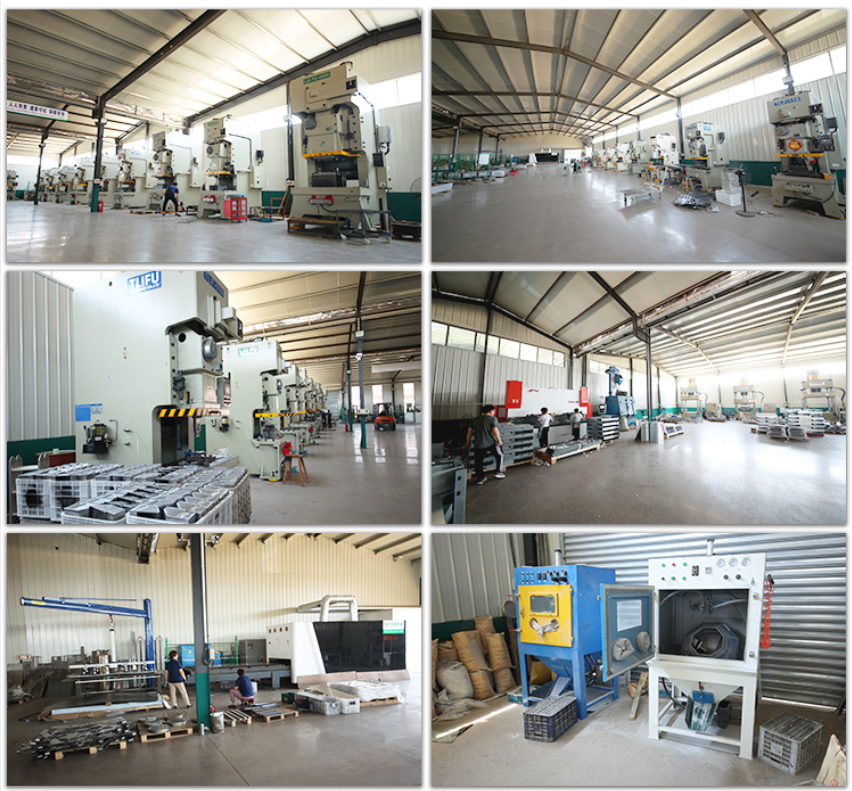
The Blanking Process
Here’s how blanking operates:
- Cutting: Flat shapes are cut from metal sheets.
- Forming: The blank is used in subsequent stamping processes.
Benefits of Blanking
| Benefit | Description |
|---|---|
| Precision | Clean, accurate cuts |
| Efficiency | Quickly prepares material for further work |
| Compatibility | Serves as a base for other stamping methods |
Uses of Blanking
Blanking is crucial in industries requiring precise flat components, such as electronics and automotive manufacturing.
Why are These Four Types Important?
How do these stamping types benefit manufacturers? They offer versatility and efficiency.
The four types of stamping—progressive, transfer, compound, and blanking—provide manufacturers with versatile, efficient, and precise methods for producing various metal components.

Enhancing Manufacturing Practices
Each stamping method serves distinct purposes, ensuring manufacturers can select the best technique for their specific needs.
Tailored Solutions
- Progressive Stamping: For complex, high-volume parts.
- Transfer Stamping: For large, detailed components.
- Compound Stamping: For simple, precise parts.
- Blanking: For flat-shaped base materials.
Driving Industry Growth
These techniques enable industries to maintain high production standards, reduce costs, and improve product reliability.
How Prime Utilizes Different Stamping Techniques
How does Prime apply these stamping methods? Through expertise and advanced technology.
Prime employs progressive, transfer, compound, and blanking stamping techniques to deliver high-quality, precise metal components tailored to diverse industrial needs, ensuring efficiency and reliability.

Integrating Advanced Technology
At Prime, we integrate cutting-edge technology to optimize stamping processes, achieving superior results.
Commitment to Excellence
- Customization: Tailored solutions for unique client needs.
- Quality Control: Ensures each part meets strict standards.
- Innovation: Continuous improvement in stamping techniques.
Success Stories
Prime has successfully provided stamped components for industries like automotive, electronics, and aerospace, earning recognition for quality and efficiency.
Conclusion
The four types of metal stamping—progressive, transfer, compound, and blanking—are essential for efficient and precise manufacturing. Prime leverages these techniques to deliver top-quality components, meeting diverse industrial demands.




